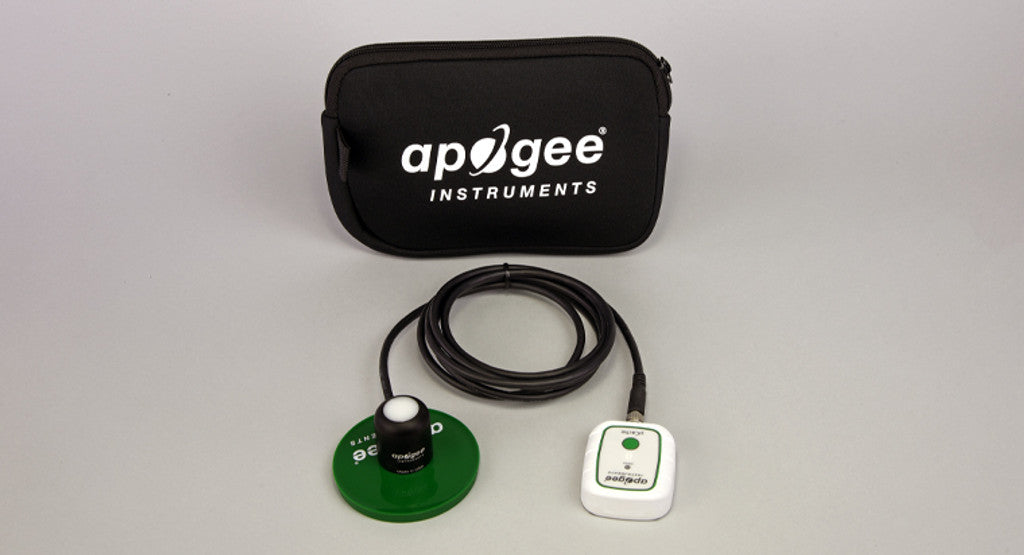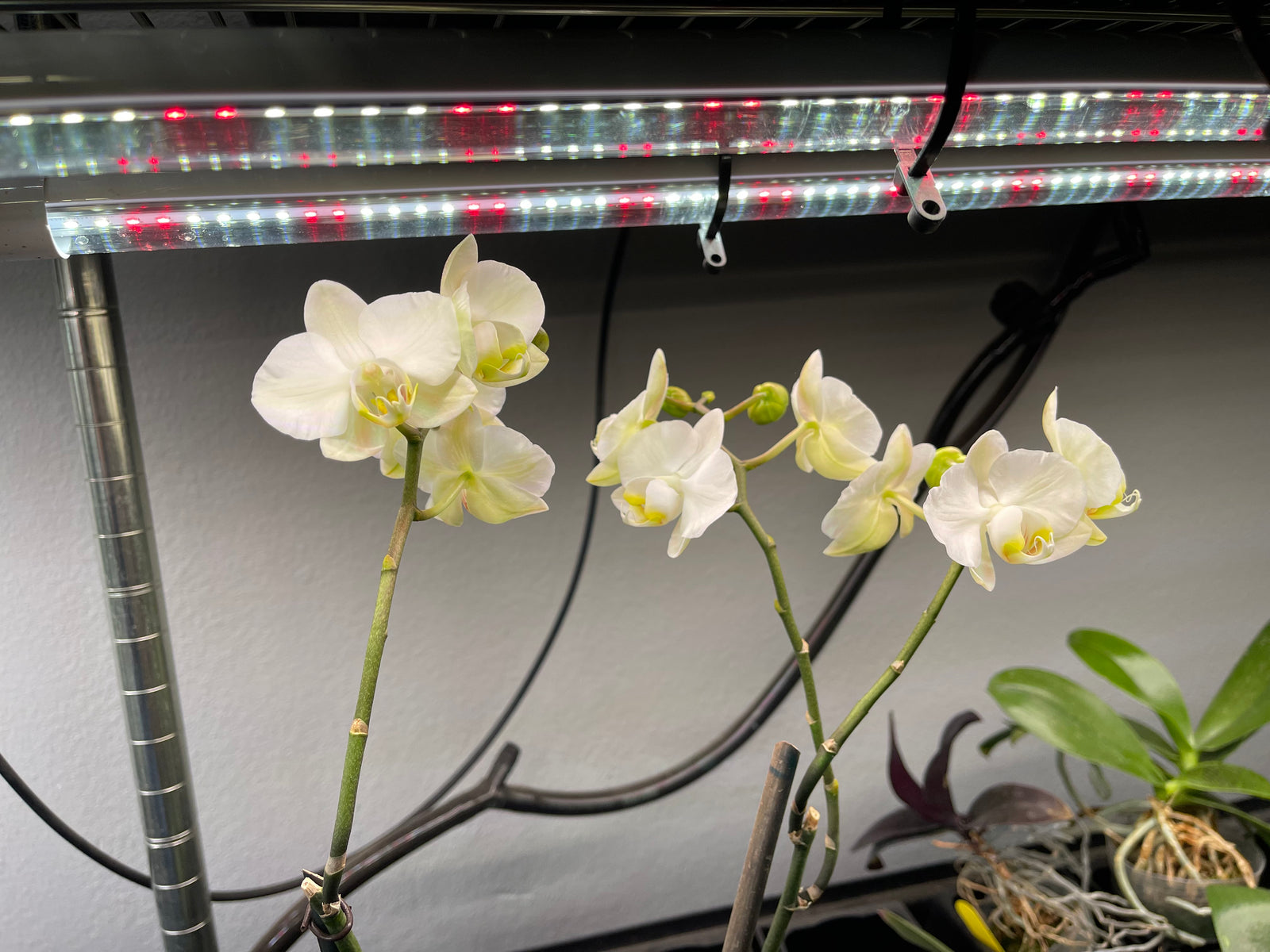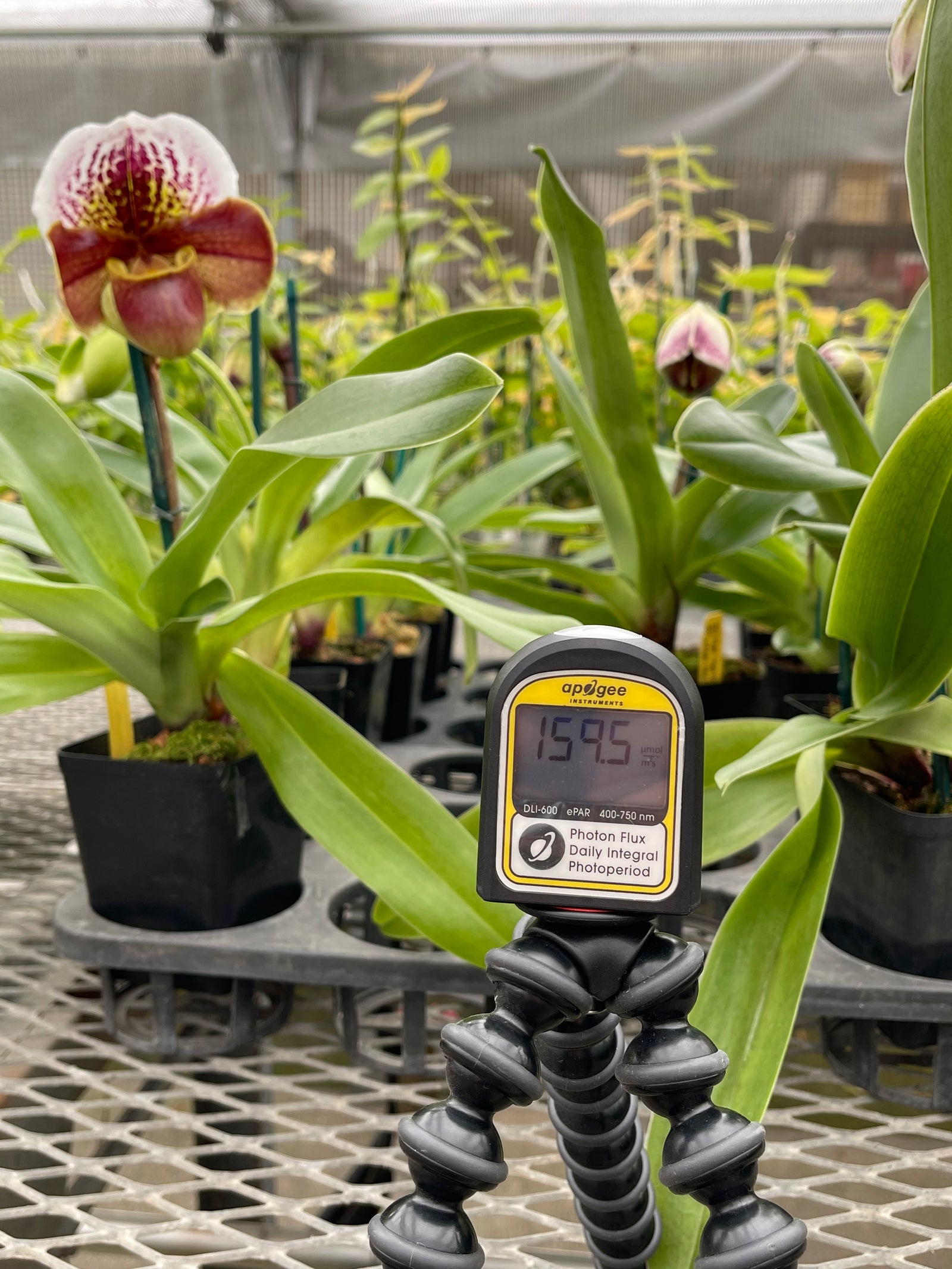PPFD (Photosynthetic Photon Flux Density) is a measure of the intensity of photosynthetically active radiation (PAR) that is received by a surface. It is typically measured in micromoles of photons per square meter per second (µmol/m²/s).
There are a few different ways to measure PPFD:
-
Using a quantum sensor: A quantum sensor is a device that measures PAR using a light-sensitive detector. These sensors are usually small and portable, making them easy to use in a variety of settings.
-
Using a PAR meter: A PAR meter is a device that measures the intensity of PAR over a specific area. These meters are more expensive than quantum sensors, but they are typically more accurate and can measure PAR over a wider range of wavelengths.
-
Using a light meter: A light meter is a device that measures the intensity of light in a specific area. While a light meter can measure the intensity of all types of light, it may not be as accurate as a quantum sensor or PAR meter when it comes to measuring PAR specifically.
To measure PPFD, you will need to place the sensor, meter, or light meter at the location where you want to measure the intensity of PAR. You may need to adjust the sensor or meter to ensure that it is correctly measuring the intensity of PAR, and you will need to follow the manufacturer's instructions for using the device. Once you have taken your measurement, you can use a calculator or online tool to convert the measurement into PPFD.






Leave a comment (all fields required)